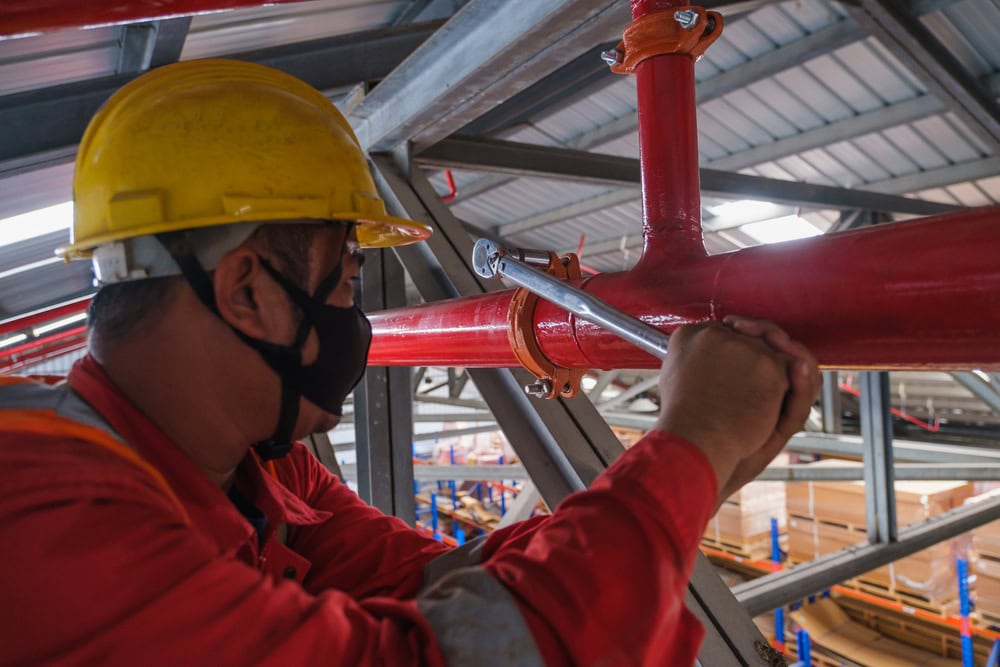5 Critical Updates to the 2025 Law & Business Exam
The California Contractors State License Board (CSLB) has implemented significant changes to the Law and Business examination for 2025, reflecting recent legislative updates and industry evolution. Whether you’re preparing to take the exam or planning to expand your contracting business, understanding these changes is crucial for your success. These updates represent the most substantial revision … Read more










